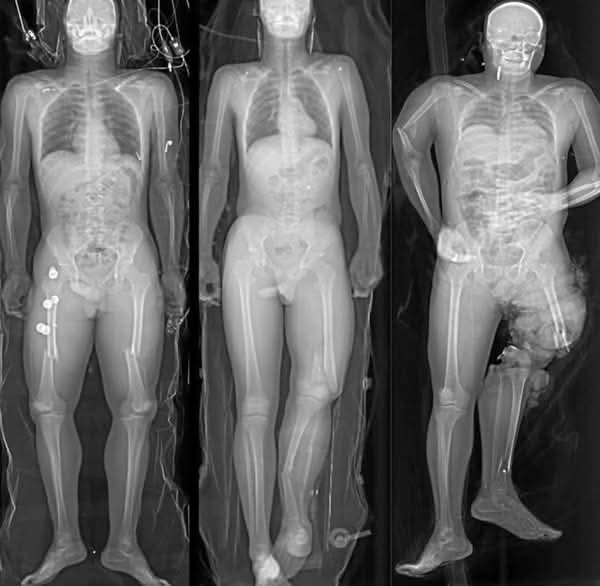It is a common sight, particularly through the summer months, of vehicle passengers with their feet up on the dashboard, or even out the window. Sure, it looks “cool” and give a sense of summer relaxation, but those who do risk a hefty fine, but that would be the least of their worries. Because putting your feet up on the dashboard… What’s the worst that can happen? Well, how about life-changing, irreversible injuries, or death?



We will explain, so that you understand better, and hopefully think and therefore don’t ever put your feet up in a vehicle. Spanish traffic law is quite clear; all vehicle occupants must maintain a proper position when seated in a vehicle.
Contents
Listen to the Audio Overview
Impedes Visibility
When it comes to putting your feet up on the dashboard, there are three main reasons why. Firstly, the lesser of the problems, if can interfere with the driver’s visibility, both in terms of the view out of the windscreen, and also the view of the mirrors and the side of the vehicle, thus posing a significant risk to other road users as well as the occupants of the vehicle.
The Submarine Effect
Secondly, we have the “submarine effect”. The seatbelt is designed to keep the body as secure in the seat as possible, by means of three anchor points. When a person is not sitting correctly in the way we described, then in the event of harsh braking, or a collision, the seatbelt is unable to secure the body and it continues to travel forward, sliding under the seatbelt, and, in the worst cases, you continue, feet first, through the windscreen.
Airbag Deployment
And finally, we have another life-saving device, the airbag. Airbags deploy with immense force — typically within 20 to 30 milliseconds and at speeds of up to 300 km/h. Designed to cushion the head and chest in a crash, the airbag bursts from the dashboard with enough pressure (around 2 to 3 bar) to seriously injure anyone sitting incorrectly. If a passenger has their feet on the dashboard at the moment of deployment, their legs can be violently thrown backwards into their face or chest, resulting in devastating injuries such as shattered hips, broken femurs, or severe facial trauma. Even at modest speeds, the consequences can be life changing.

How Airbags Work
As a rule of thumb, airbags are likely to deploy in frontal impacts above 20–25 km/h against a firm barrier. Lower-speed impacts may not trigger them, but this depends on crash severity and sensor readings. So, imagine you are a passenger, driving along the seafront at a gentle 25 km/h, feet on the dashboard, looking cool… In the event of a collision, your airbag deploys, and your legs are suddenly met with the impact of a collision at 300km/h.

Significant Risk Factors
If we put that into context, in a 300 km/h head-on crash, the probability of survival is virtually zero. No conventional passenger vehicle, airbag system, or seatbelt can protect the human body from the forces involved at that velocity.

300 km/h (approx. 186 mph) is well beyond the speed most vehicles are tested for. Standard crash testing (e.g. Euro NCAP) is performed at 64 km/h for frontal offset impacts. Cars are not engineered to protect occupants at speeds approaching 300 km/h.
According to studies and real-world crash data, at 300 km/h, the energy involved is catastrophic. The force of impact is so great that:
- The vehicle structure is obliterated.
- Survival zones collapse entirely.
- The collision generates forces exceeding the limits the human body can physically withstand, even for a split second.
A substantial percentage of real-world crashes — potentially more than half — occur at or below 25–40 km/h, particularly in urban settings. Up to 70% of all car crashes occur at speeds below 50 km/h. These include urban collisions such as rear-ends, roundabout bumps, sideswipes, and minor junction crashes. These speeds may seem “safe,” but they are often enough to trigger airbag deployment and cause serious injuries if occupants are not seated correctly.
The slightly good news is that airbags do not deploy in the majority of all collisions, as the threshold isn’t met, but when they do, it’s because the collision is serious enough to risk major injury. This reinforces how dangerous it is to be in the wrong position — like with feet on the dashboard — even if you think the crash is “low-speed”.
Don’t Put Your Feet Up!
So, ask yourself, is it a good idea to risk your legs going through that sort of trauma? Because chances are, it could be the last time you do, one way or another.


Podcast: Play in new window | Download
Discover more from N332.es - Driving In Spain
Subscribe to get the latest posts sent to your email.

You must be logged in to post a comment.